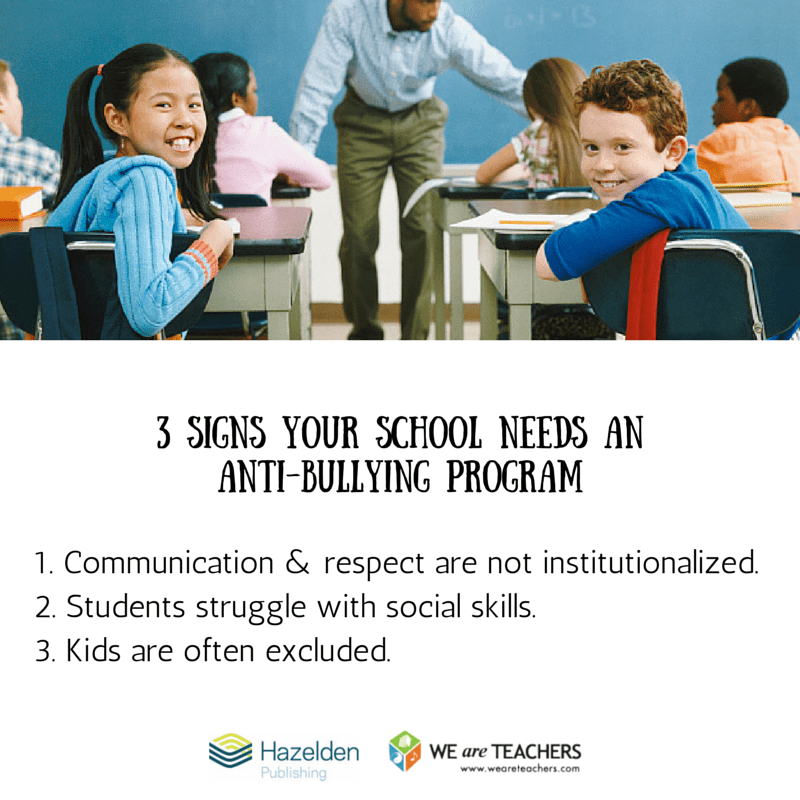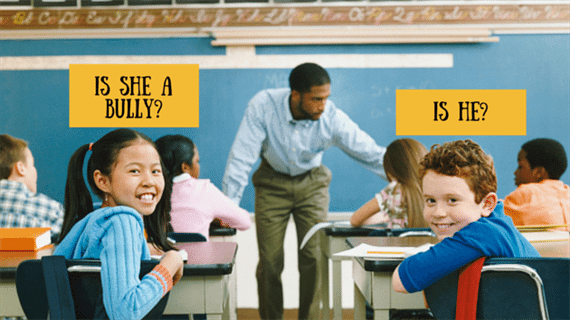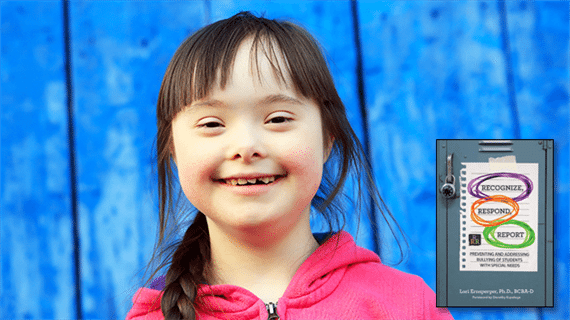When you walk into Clear Springs Elementary School in Minnetonka, Minnesota, the first thing you’ll see is a banner that reads: I will not bully. I will try to help students who are being bullied. I will try to include all students. If I know someone is being bullied, I will tell an adult at home and at school. The banner is the first introduction that visitors get to their iSTAND Up bullying prevention program.
After months of training and planning, in January 2011, Clear Springs Elementary kicked off iSTAND Up. It wasn’t in response to a specific problem, says principal Curt Carpenter, but rather a preventative measure. “If bullying happens even once, it’s a problem,” Carpenter says.
And the scary thing is the numbers show you might not even know that bullying is happening right under your own nose. Yes, even the systematic abuse described in our first post can fly under the radar, especially when it happens on Instagram or off school grounds. Studies show that only 20 to 30 percent of students who are bullied tell adults (www.nobullying.com).
So how do you know if your school has a bullying problem? We talked with a team of educators and bullying experts about recognizing the signs of a school culture in danger.
Watch Out for Teacher Teasing
When Karen Siris, EdD, school principal and bullying intervention specialist, had teachers reflect on their attitudes toward their students, she found that teachers felt the same way toward students who were bullied as other students did. When students were targeted as annoying or nerdy, teachers had similar perceptions. Furthermore, students mimicked their teachers’ positive or negative attitudes. If a teacher communicated negative attitudes about a child, the other students followed suit.
You might not think that you’re communicating negatively about a student, but even lighthearted teasing or joking can reveal a lot about what you really think, especially about a child who is already targeted by his or her peers. Listen closely to how you talk about your students and to how your colleagues do the same. If there’s too much crossing the line in an attempt to be funny, it may be time to take action.
Evaluate Social-Emotional Skills
Bullying thrives when social-emotional skills break down or were never there in the first place. To figure out whether or not bullying is happening below the surface in your class, analyze how your students can (or can’t) handle conflict, frustration or failure, and how they self-advocate. What happens when you hand back work that students didn’t do so well on, for example? How do your students act in the hallway, the playground and the cafeteria? How do they act for a substitute teacher? Those can all be good measures of their social-emotional skills and show you which areas need work.
Consider the Entire Community
When Jim Dillon, author of Reframing Bullying Prevention to Build Stronger School Communities, was an elementary school principal, he noticed that even though students behaved as a respectful community in school, that wasn’t translating to the school bus. The buses had become what Dillon calls “Lord of the Flies on wheels,” with older kids tormenting the younger ones if they ventured to the back of the bus.
Buses, playgrounds and the Internet are obvious places to look for signs of social aggression, but so are malls, parks and neighborhood restaurants. Keep an eye out for things happening off school grounds and you’ll be more able to make shifts in your school culture when needed.

When to Seek Professional Help
It takes time—often years—to build a school culture that eliminates bullying, and sometimes you need professional help. Here are three signs that you might need to invest in a schoolwide anti-bullying program or social-emotional curriculum.
Communication Isn’t Consistent
Take an objective look at how you communicate about and with students, particularly those who frustrate or annoy you. If you hear yourself (or another teacher in your school) make disparaging comments, even in a joking manner, to or about students, it’s time to intervene.
Students Struggle With Social Skills
When students struggle to deal with problems—whether large or small—it can come out through bullying. If you notice that students get frustrated easily and don’t deal with setbacks or negative emotions well, a social-emotional curriculum could be a next step.
Kids Are Excluded
Watch the students at lunch, during group work and at recess. Are the kids inclusive? Do they make sure everyone in a group participates? Or are they exclusive? Do they ignore or actively exclude less popular peers? The more exclusion you see, the more an anti-bullying program can help.
Is bullying a problem at your school? Get help with the resources available from Hazelden Publishing for Educators. You can also get ideas from other educators by following Bullying Prevention on Twitter.

